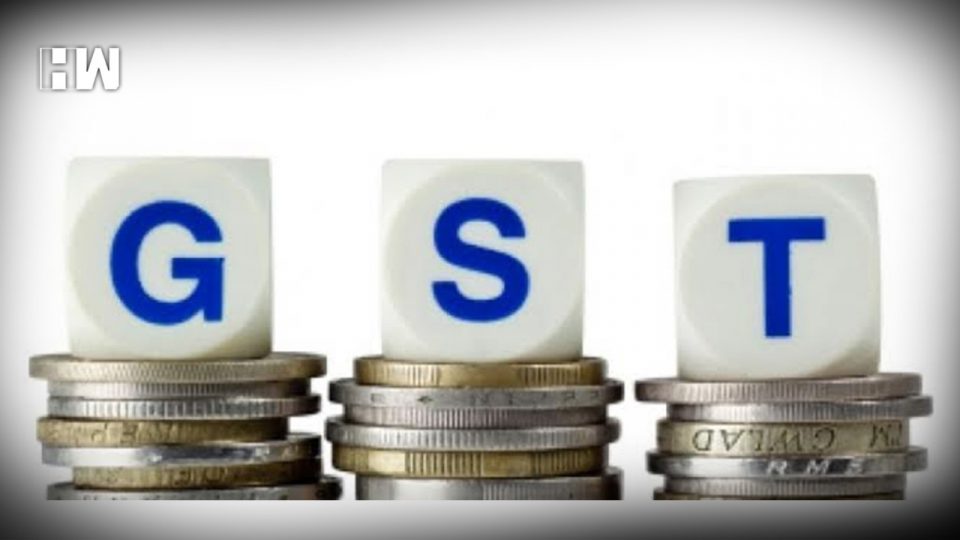A year into implementation, goods and services tax (GST) has not delivered on the promised formalisation of the economy as yet, while the glitches in the one-nation-one-tax regime have increased the demand for cash, says a foreign brokerage report.
“The GST regime was originally associated with formality. But so far, in our view, it has not been able to live up to that promise, nor has it brought down the demand
for cash which has in fact only gone up,” British brokerage HSBC said in a report on Friday.
The report, however, noted that over the long-term, GST will lead to more formalisation of the economy.
The GST was implemented from 1 July 2017 and since then it has undergone multiple changes including lowering of tax rates of many items and an increase in the numbers of cesses and the levy rate, which was supposed to be done away with under this tax regime.
In the short-run, the glitches in the framework, including delays in tax refunds, teething issues with the new IT network and higher tax rates for services have led to an increase in the cash-based activity, the report said, adding which is one of the factors for the rise cash circulation.
“Cash in circulation is rising above trend, but not because rural India is faring better, rather it is due to a revival in the ‘informal’ sectors, thanks to the continued remonetisation,” the report said.
In April, finance minister Arun Jaitley had claimed that GST and note-ban had led to the increased formalisation of the economy and also cited that one crore new income tax returns were filed in FY18.
Citing corporate sales data, the report said the level of formalisation of the economy has gone back to the pre-note-ban levels.
The report said usually rural wages are the key driver of cash demand, but that relationship is broken for now.
“As much as 70 per cent of rural India, whose main source of income is wages, may not be doing too well at present. As such, growing of cash in circulation should be tempered. But, instead, the cash-to-GDP ratio has shot up since mid-FY18,” the report said.
The report, however, said once GST settles down, the e-way bill system matures and refunds are expedited with improvement in IT systems, tax evasions will fall and the recent rise in informality will diminish gradually.
Rural wages will rise on higher inflation, stronger construction growth, normal rains and minimum support price increases which can put pressure on cash in circulation growth, the report said.
As an independent media platform, we do not take advertisements from governments and corporate houses. It is you, our readers, who have supported us on our journey to do honest and unbiased journalism. Please contribute, so that we can continue to do the same in future.

